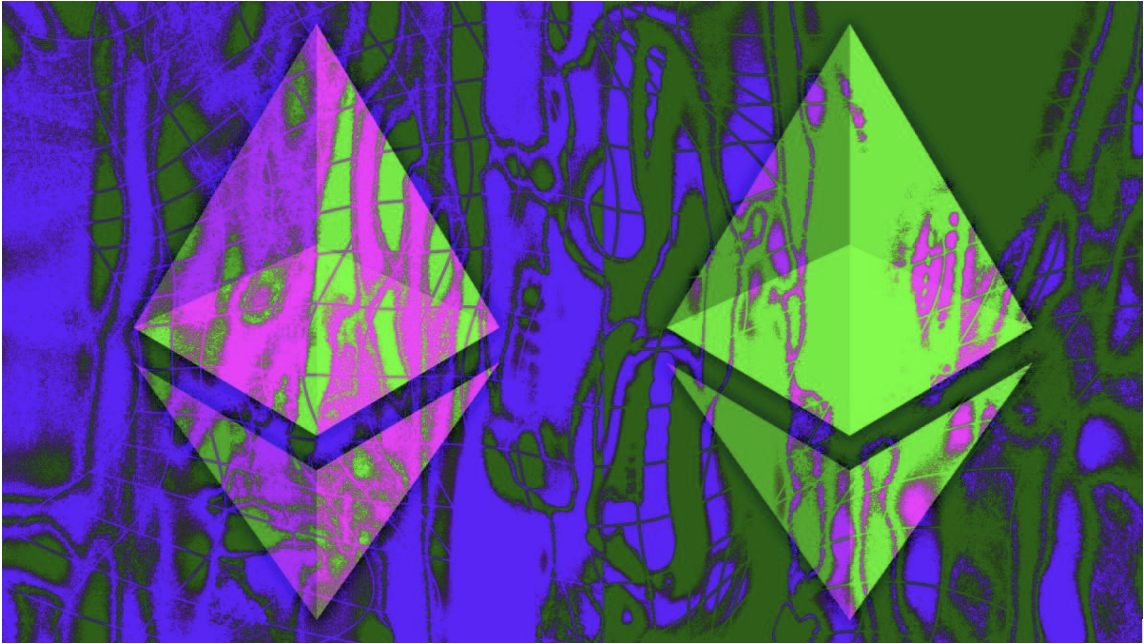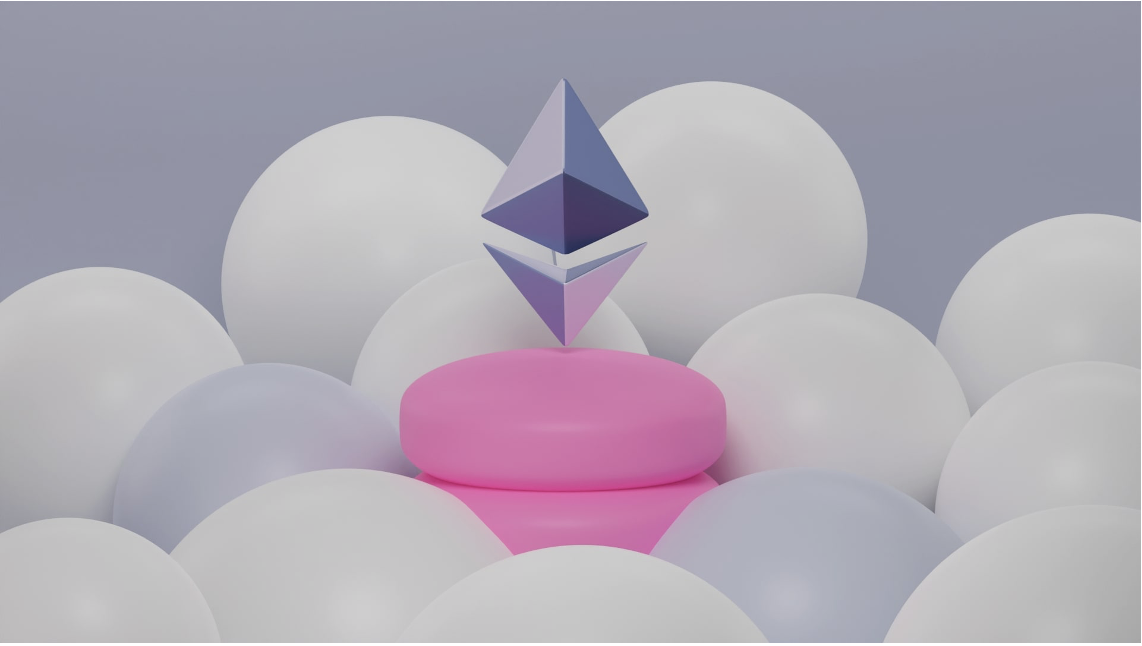The Merge - Ethereum’s Update & Fashion’s Sustainability Talk
Minimizing the use of energy has become the new normal and everyone from big brands to entrepreneurs in the industry are pacing up for this drill. The key to consuming less energy is to turn your heads towards sustainability and recycling. Thinking big, yet simple- brands are in a competitive phase of adopting the newest trends kicked up by tech giants and researchers around the globe. This time, the transition of Ethereum is making headlines and you need to know how things would take a shift in the fashion forum!
The most popular blockchain, Ethereum is soon to transition into the proof-of-stake model which is said to be less energy-intensive. ‘The merge’ will have a sustainability impact and implications for the fashion industry. Tracking the carbon footprint of individual garments and their long-term impact on resources can be easily done by analyzing their life cycle. A basic life cycle analysis starts from the creation of a product and goes on to weave the story of its raw materials, disposal and recycling. The life cycle of garments entails four stages: the production of garment, its distribution and sale, its use and disposal and the end of life.
Each of these stages include the effects of a number of environmental indicators that range from water use, carbon footprint and toxicity in humans. For instance, a simple T-shirt can use up to 120 litres of water per wear and contributes 0.02 pounds of carbon dioxide per wear from dying alone.
On the flip side, an NFT doesn’t have to account for materials, water use or cleaning through its life cycle, though the energy costs of producing it may be notably larger on certain blockchains. The sustainability impact of a digital garment or NFT can differ to a great extent, depending on the blockchain network where NFTs are based. It will also be easier to analyze the life cycle of an NFT than tracking the supply chain of a garment. However, multiple analyses centered on different areas will be required and these include NFT processing and blockchain validation. So, you see a physical good, like a Rolex watch or a GUCCI bag can also include a digital token logged on the blockchain to evince its legitimacy.
The merge or the transition of Ethereum from its current ‘proof-of-work’ mechanism, to an extra environment-friendly ‘proof-of-stake system’; will dispense with the competitors and involve investors ‘staking’ ether – the native forex of the Ethereum blockchain-in a pool. This would land them into a lottery with an option to validate the transaction and declare the reward.
Cointelegraph research states that around 97% of every NFT market sector, comprising games, marketplaces, collectibles and more happens on Ethereum. The layer 1 blockchain Ethereum uses mining to validate the blockchain. Mining involves the addition of the next block of ether to the Ethereum chain through computational puzzles. Tech-savvy individuals who solve this puzzle, get two ether which amounts to over $6,000. In order to earn more ether, miners keep their computers running on these puzzles and thus end up using huge amounts of energy.
The carbon impact of one NFT can’t be counted the same way as that of a T-shirt as NFTs aren’t directly increasing the carbon footprint of Ethereum. However, operating the blockchain expends energy. Now with the transition to a proof-of-stake system, the mining will become defunct. This system requires depositing the earned ether in the platform’s currency which is then chosen to become a validator based on how long they’ve held the stake, how large the stake is, and a touch of randomization. The energy expenditure of the total Ethereum blockchain will be reduced by 99.95% through this merger.
The Ethereum merge will emit just 0.05% of its prior carbon emissions, leading to a massive step for energy use with the blockchain. The Ethereum-created NFT that produces 183 pounds of CO2 will produce merely 0.09 pounds post the merge is complete.
With the potential to become a carbon-neutral blockchain, Ethereum will also lend a faster, cheaper transaction experience to the user right from the start till the end. This will normalize blockchain gaming and also lower NFT prices.
The fact, however, that Ethereum makes use of loads of electrical energy from carbon-emitting grids, is an argument that makes it a tough plunge for fashion brands. Brands like GAP have constructed their assortment on the Tezos blockchain that operates on a proof-of-stake mechanism and reports to be more energy-efficient than the labor-intensive programs underlying Ethereum and Bitcoin.
By far Ethereum stays the most popular blockchain for NFT initiatives and tends to have higher selling prices and is supported by the largest NFT marketplaces, which make them engaging to manufacturers and clients, who are keen on reselling their digital belongings sooner or later. The Web3 ambitions of vogue companies will find their long-term future in the crypto market, once Ethereum is made extra scalable and bottom work is laid for updates to make it quicker.
Read More: Blockchain Stimulates the Fashion Industry



